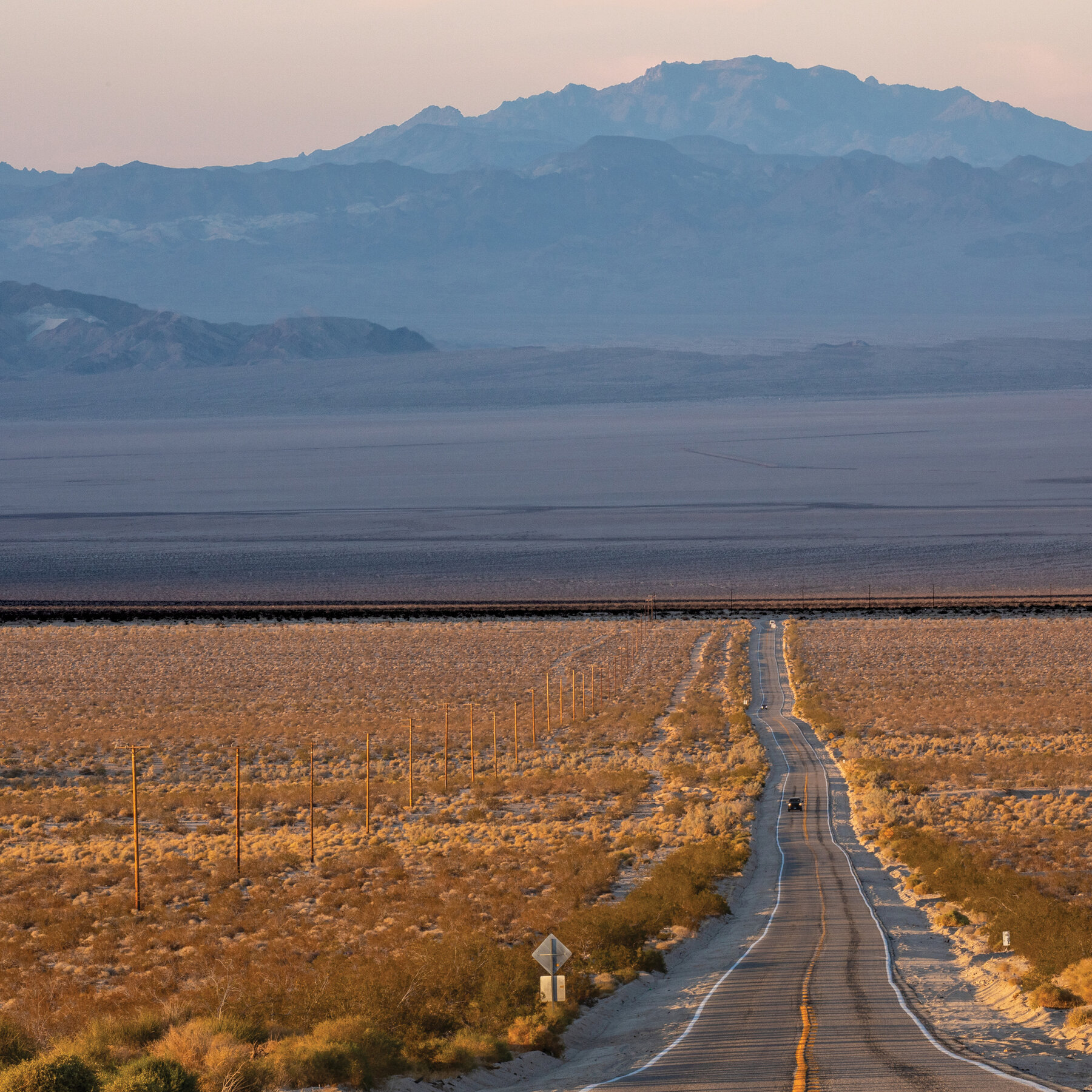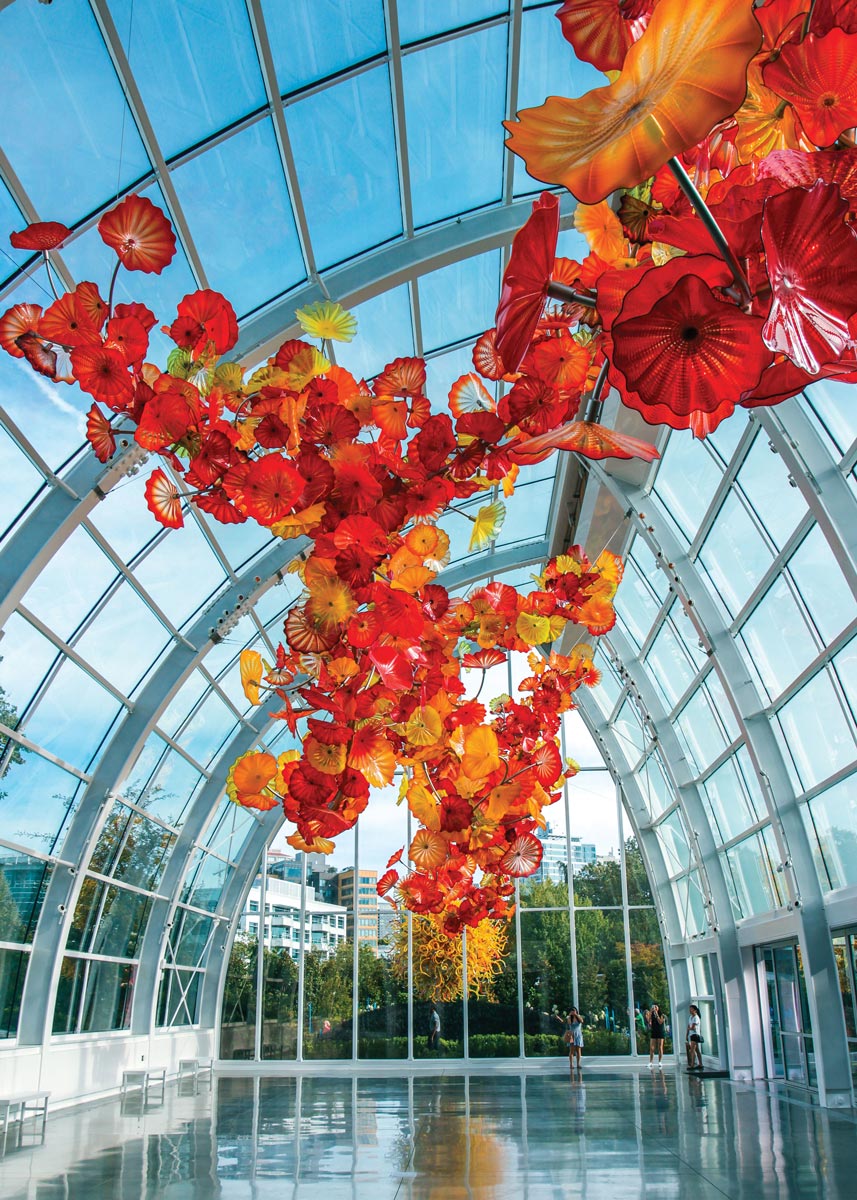Exploring American Music: Itineraries through the Places that Shaped Music Genres

Unraveling the Musical Heritage of the United States
American music is a rich tapestry woven from diverse cultural threads. With its roots deeply embedded in various regions, exploring this musical landscape provides a unique insight into the evolution of genres. Music is often a reflection of society, making it a vital way to comprehend the cultural narratives that shape our experiences. From the soulful ballads of the Deep South to the upbeat jingles of New York City, the American soundscape is a testament to its varied histories and communities.
Key Regions and Their Influence
- New Orleans: The birthplace of jazz, New Orleans is a city where rhythms and improvisation converge. Celebrated for its lively streets and vibrant festivals, such as the famed Mardi Gras, music pulses through the veins of the city. The legendary Preservation Hall is a must-visit, hosting traditional jazz performances that echo the genre’s origins. Musicians like Louis Armstrong and Jelly Roll Morton set the stage for jazz’s evolution, blending African, Caribbean, and European musical customs.
- Nashville: Known as the heart of country music, Nashville boasts a dynamic music scene that attracts aspiring artists from across the country. The Grand Ole Opry, a cornerstone of the genre, is an iconic venue where country legends have performed for decades. Beyond the mainstream, Nashville’s local honky-tonk bars showcase emerging talents, providing a platform for stories told through heartfelt lyrics, often reflecting the joys and struggles of everyday life.
- Memphis: This city is famous for rock ‘n’ roll and blues, with landmarks like Beale Street, where music history is alive and thriving. The legendary Sun Studio launched the careers of Elvis Presley, Johnny Cash, and B.B. King, forever changing the music landscape. Memphis connects deep emotions with powerful rhythms, encapsulating the essence of blues through notable festivals and live performances that celebrate this rich art form.
- Detroit: Renowned as the birthplace of Motown, Detroit revolutionized soul and pop music in the 1960s. This city crafted hits that defined a generation, thanks to artists like Stevie Wonder and Diana Ross. The Motown Museum, located in the original Hitsville U.S.A. building, offers an intimate look at the studio where so many classics were recorded, making it a pilgrimage site for music enthusiasts. The unique Motown sound, characterized by melodic hooks and intricate rhythms, continues to influence musicians today.
Each of these locations offers a unique storyline and atmosphere, inviting music enthusiasts to explore their vibrant history. Whether it’s the lively parades of New Orleans or the honky-tonk bars of Nashville, these sites illuminate how cultural exchanges influence musical expression. Touring the historical landmarks, attending local festivals, or simply experiencing the energy of street performances can deepen one’s understanding of how these musical genres emerged and continue to evolve.
As we delve deeper into the cultural gems each city presents, we uncover the sounds and stories that continue to inspire generations. Understanding the roots and influences of American music not only enriches our appreciation but also connects us to a broader cultural narrative that encompasses resilience, joy, and innovation. By engaging with these regions and their sounds, we celebrate a living heritage that resonates with the heartbeat of America.
DISCOVER MORE: Click here to learn how
Discovering the Sounds of America
As we embark on our journey through the diverse musical landscapes of the United States, it is essential to acknowledge the myriad influences that have shaped the country’s most beloved genres. Each location is a vibrant chapter in the story of American music, offering unique narratives that reflect the cultural identities of their inhabitants. The music of each region provides a distinct voice that speaks to the historical events, social movements, and personal experiences that resonate with its people.

The Influence of Regional Communities
American music is significantly shaped by the local communities that nurture it. Although widespread genres such as jazz, blues, country, and rock have become ubiquitous, the local styles and traditions infused with these sounds reveal the authenticity of their origins. Exploring these communities allows music lovers to experience the raw emotions and stories that inspired the songs that have become American staples.
Here are some notable aspects of how various regions contribute to American music:
- Cultural Melting Pots: Cities like New Orleans and Chicago are renowned for their ability to blend various musical styles, resulting in innovative sounds. The presence of immigrant communities over the years has led to a rich fusion of musical traditions, offering fresh perspectives and flavors. For instance, the blending of African rhythms and European melodies in New Orleans birthed jazz, while Chicago’s blues scene evolved from Southern roots and urban influences.
- Grassroots Movements: Many musical genres emerged from grassroots movements, where local artists used their talents to voice social issues and community struggles. For example, the civil rights movement found expression in folk and soul music, with artists like Joan Baez and Aretha Franklin using their platforms to spread messages of equality and justice, creating a powerful musical advocacy.
- Musical Festivals: Festivals play a crucial role in preserving and promoting regional music scenes. Events like the Newport Folk Festival and the New Orleans Jazz & Heritage Festival not only celebrate the music itself but also foster a sense of community and collaboration among artists. These gatherings allow for cultural exchange, preserving local traditions while showcasing new talents.
It is through these regional explorations that one can gain a deeper appreciation for American music. From the storytelling lyrics of country ballads to the toe-tapping rhythms of rock ‘n’ roll, each genre carries with it the weight of history, context, and communal experiences. By immersing ourselves in the heart of America’s musical venues, festivals, and neighborhoods, we unveil the profound connections between place and sound.
As we continue our exploration, we will journey through the very landscapes that inspired these genres, examining how they evolved over time, and uncovering the influences that define the ever-changing sound of America. Each step taken within these vibrant communities leads us closer to a richer understanding of the narratives that have shaped music as we know it today.
As we delve deeper into the rich tapestry of American music, itineraries can guide enthusiasts through the pivotal locations that birthed iconic genres. These journeys provide invaluable insights into how geographical landscapes influenced musical evolution. From the soulful streets of New Orleans, where jazz took its first breath, to the dusty roads of Nashville, the heart of country music, each destination unfolds a story deeply embedded in cultural context. The allure lies in uncovering local legends and contemporary artists who continue to shape these genres today.
In addition to historical significance, these itineraries allow travelers to experience live music in its original settings. Imagine embarking on a road trip through the Mississippi Delta, stopping at small juke joints to savor the tunes of up-and-coming blues players. Each stop reveals interconnectedness within musical genres, highlighting their influences on one another, from rock and roll to hip-hop. Not only do these paths celebrate cultural heritage, but they also illuminate the evolving soundscapes that define America’s diverse musical identity.
Furthermore, many of these sites host annual festivals that draw visitors from around the globe, promoting not just the music but also the local cuisine, art, and history. Engaging with the local communities through workshops and performances offers musical tourists a chance to connect on a personal level. Such immersive experiences lead to a greater appreciation for the transitions and adaptations that music undergoes in response to social and political changes. For anyone seeking an authentic connection with America’s musical roots, these itineraries provide not just a roadmap but also an invitation to explore the profound stories behind each genre.
| Category | Key Features |
|---|---|
| Historical Significance | Explores sites where music genres originated, offering deep cultural context. |
| Live Music Experiences | Attend performances in authentic settings, connecting with the music’s roots. |
DISCOVER MORE: Click here to uncover exciting travel itineraries
Tracing the Roots of Iconic Genres
As we dig deeper into the landscapes that have nurtured American music, it is crucial to explore the specific genres that have emerged from these rich cultural soils. Each genre tells a story—of struggles, triumphs, and personal narratives—against the backdrop of the places they originated. By traversing these musical trails, we find that the essence of American music is more than just sound; it is a reflection of society itself.
Birthplaces of Musical Genres
From the rhythmic beats of the Appalachian Mountains to the soulful sounds of Motown, each genre boasts its own distinctive beginning that is intrinsically tied to its geographical roots. This section highlights the essential locations that have become synonymous with specific styles of music:
- Nashville, Tennessee – The Heart of Country Music: Known affectionately as “Music City,” Nashville is the epicenter of country music. The Grand Ole Opry and the Country Music Hall of Fame celebrate legends like Johnny Cash and Dolly Parton, while the famed Broadway strip is home to honky-tonks that showcase both established artists and emerging talents. Here, music is a communal experience, deeply woven into the fabric of Southern hospitality and storytelling traditions.
- Detroit, Michigan – The Sound of Motown: Detroit gave birth to the Motown sound, an influential genre that blended pop, soul, and rhythm and blues. Founded by Berry Gordy Jr. in the 1950s, Motown Records cultivated iconic artists such as Marvin Gaye and Diana Ross. The Motown Museum, located in the original Hitsville U.S.A. building, offers an immersive look into the legacy of this vibrant movement, celebrating its impact on American culture and beyond.
- Seattle, Washington – The Grunge Revolution: The early 1990s saw the rise of grunge music, a genre that originated in Seattle’s underground scene. Characterized by its raw sound and angst-filled lyrics, it provided a voice for Generation X. The historic Sub Pop Records, known for launching bands like Nirvana and Soundgarden, remains a testament to the city’s contribution to rock music. The Museum of Pop Culture captures the essence of this transformative era, showcasing the influence of grunge on contemporary music.
- Los Angeles, California – The Sunset Strip and Psychedelic Rock: The Sunset Strip in Los Angeles became a cultural hotspot in the 1960s, giving rise to the sounds of psychedelic rock. Iconic venues like the Whisky a Go Go and The Roxy Theatre hosted legendary acts such as The Doors and Jimi Hendrix, fostering an environment of experimentation and artistic freedom. Today, the Strip continues to serve as a launching pad for new artists while honoring its storied musical past.
These cities represent more than just geographical locations; they are living narratives that embody the passion and creativity of those who shaped them. Each venue, street, and festival contributes to the symphony of stories that cover America’s musical landscape. By exploring the places associated with each genre, music enthusiasts can connect with the very essence of the struggles and successes that birthed some of the most profound sounds in history.
As we continue our exploration, we will delve deeper into the evolution of these genres and their surrounding cultural impacts. The journey through America’s iconic music destinations not only celebrates the rich diversity of musical expression but also underscores the intricate relationship between place, community, and sound.
DISCOVER MORE: Click here to learn about the importance of flexibility in travel
Conclusion: A Journey Through Sound and Space
In exploring the intricate tapestry of American music, we uncover a profound connection between places and the genres that define them. From the dusty roads of Nashville to the industrial beats of Detroit, each locale offers a unique narrative that shapes the rhythms and stories within the melodies we cherish. By embarking on itineraries through these musical landmarks, we not only embrace the diverse sounds of America but also gain insight into the cultural fabric that informs them.
As we reflect on the origins of iconic genres such as country, Motown, grunge, and psychedelic rock, it becomes evident that these musical movements are not just born from individual artists but are the culmination of communal experiences, societal shifts, and historical contexts. Visiting these vibrant cities, attending festivals, and exploring museums allows enthusiasts to connect with the past while witnessing the continual evolution of sound.
Ultimately, discovering American music is an invitation to walk the same streets that shaped the legends, feel the pulse of creativity in the air, and understand the emotional journeys that have influenced countless lives. As you plan your next adventure, consider diving into the heart of these musical epicenters, where every note played resonates with a rich history that awaits to be told. So, grab your map and let the journey through America’s music come alive—a symphony of experiences that echoes across generations.


